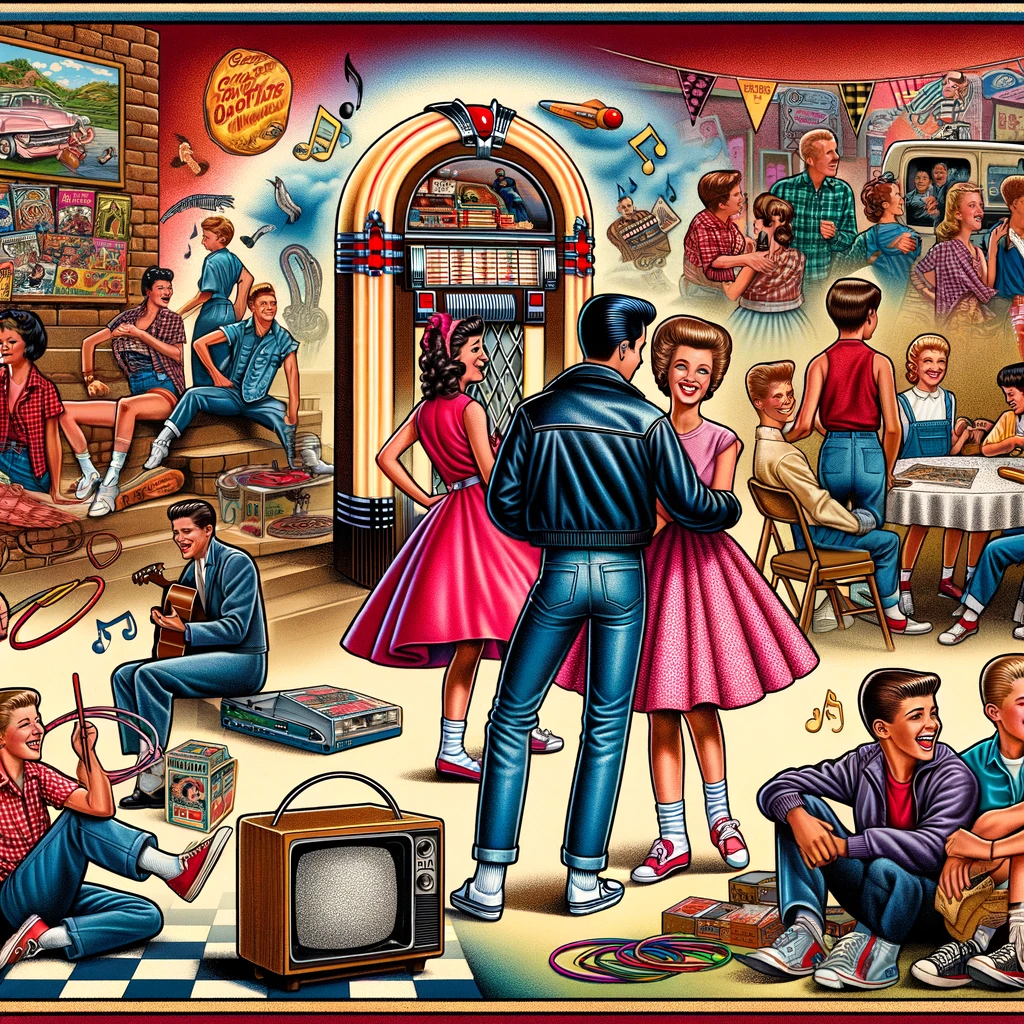
The Baby Boomer generation, born between 1946 and 1964, witnessed a period of significant cultural shifts, technological advancements, and economic prosperity. This era gave rise to numerous fads and trends, many of which are remembered fondly for their innovation and excitement. However, not all these fads were as innocent as they seemed at the time. Some, upon reflection, were actually quite dangerous, posing risks that were often overlooked in the moment’s zeal. This article delves into 12 such Baby Boomer fads, shedding light on the hidden dangers they presented.
1. Lawn Darts (Jarts)
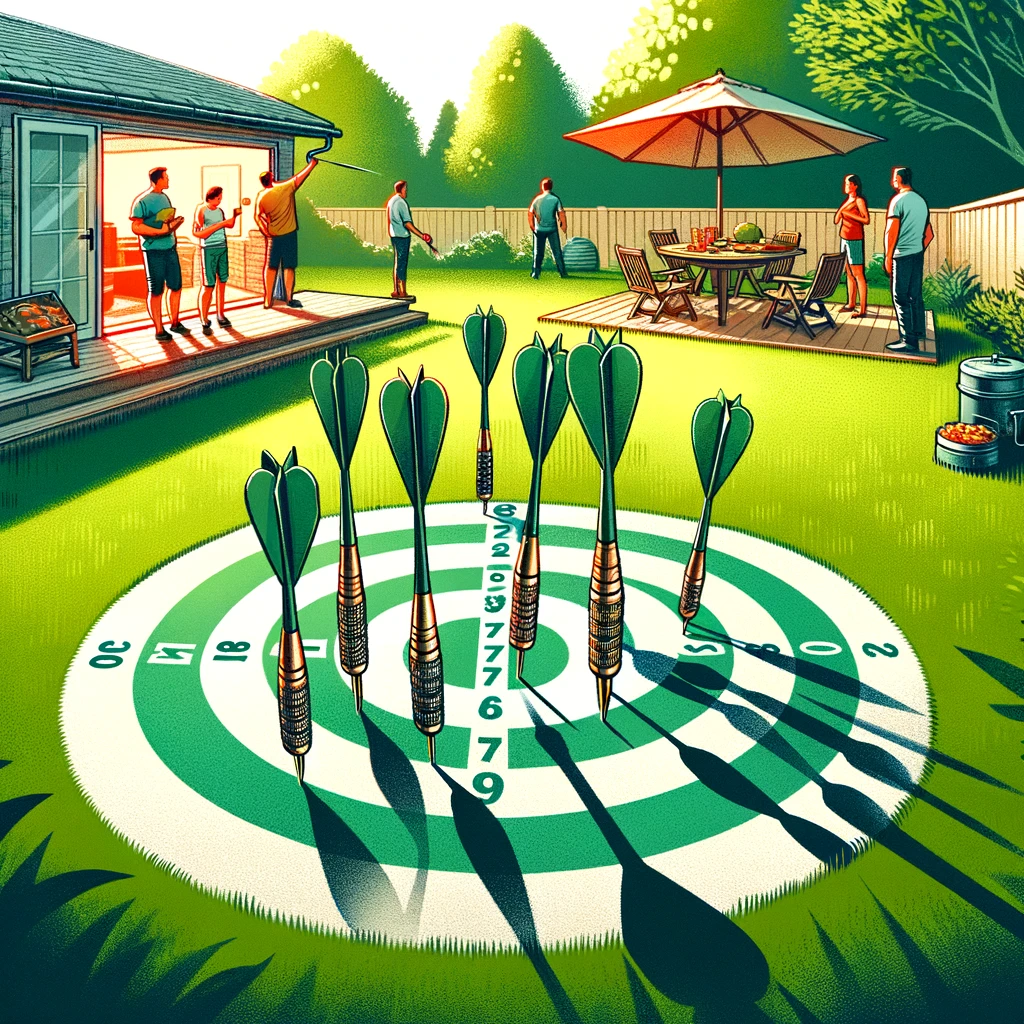
Lawn darts, or Jarts, became a popular backyard game during the 1980s, involving heavy, metal-tipped darts thrown at a target circle. Despite their recreational intent, these darts were responsible for numerous injuries and even fatalities, leading to their ban in the United States. The combination of their sharp points and the force with which they could be thrown made them far more dangerous than anticipated, transforming a family game into a potential emergency room visit.
2. Clackers

Clackers, also known as “Ker-Bangers,” were toys made of two heavy acrylic balls attached by a string, which would be knocked together to make a clicking sound. Popular in the late 60s and early 70s, these toys were eventually banned due to the risk of shattering and sending dangerous shards flying, which could cause serious eye injuries and lacerations. The allure of the clacking sound was quickly overshadowed by the safety concerns it raised.
3. Mercury-Filled Toys
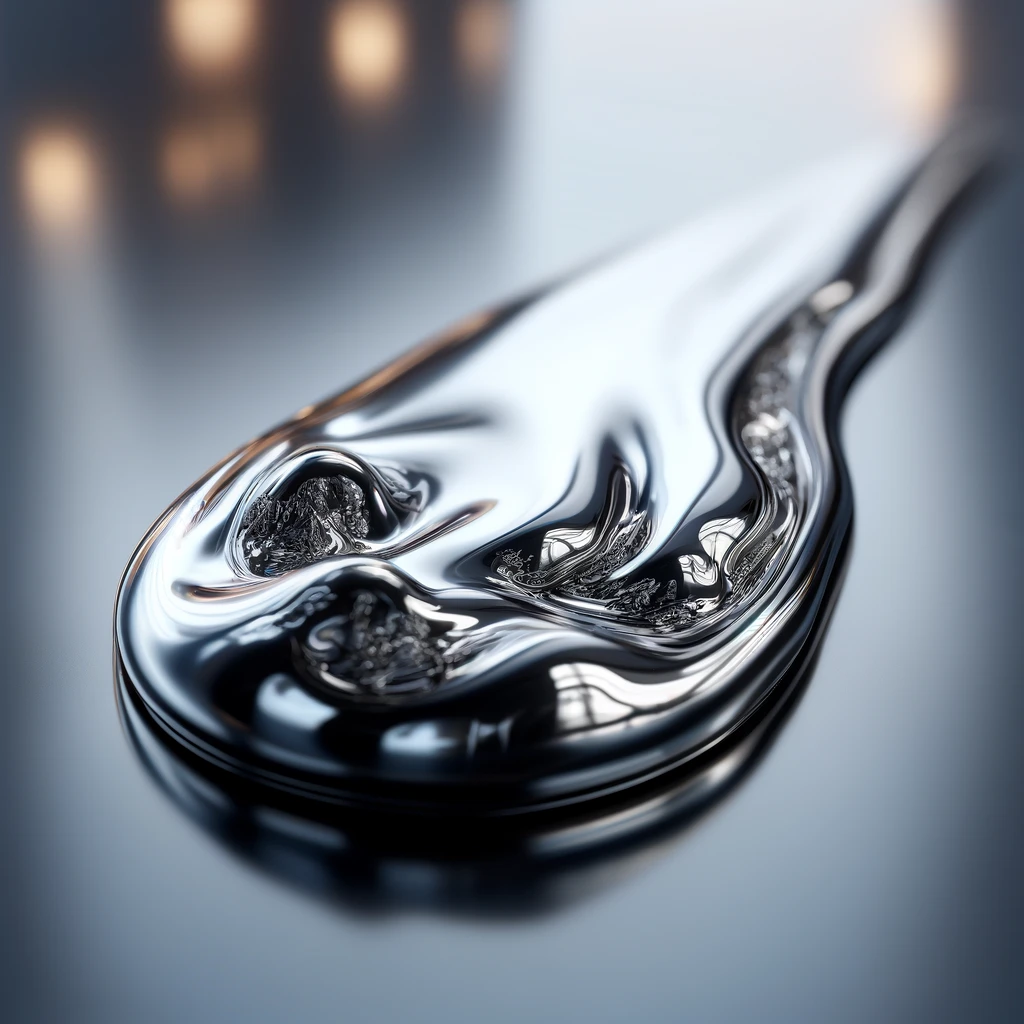
In an era less aware of environmental and health safety, mercury-filled toys were surprisingly common. Children would play with mercury in science kits or even as standalone novelties, marveling at its liquid metal properties. However, mercury’s toxic effects were vastly underestimated, leading to potential poisoning and health hazards. This dangerous practice was eventually phased out as the harmful health implications of mercury exposure became more widely understood.
4. Asbestos-Laden Materials

Asbestos was hailed for its heat resistance and used in a plethora of products, including children’s toys, clothing, and even crayons. It wasn’t until years later that the severe health risks, such as mesothelioma and lung cancer, associated with asbestos exposure were fully acknowledged. The delay in recognizing these dangers allowed for prolonged exposure, underscoring the risks associated with this once-common material.
5. Lead-Based Paint in Toys
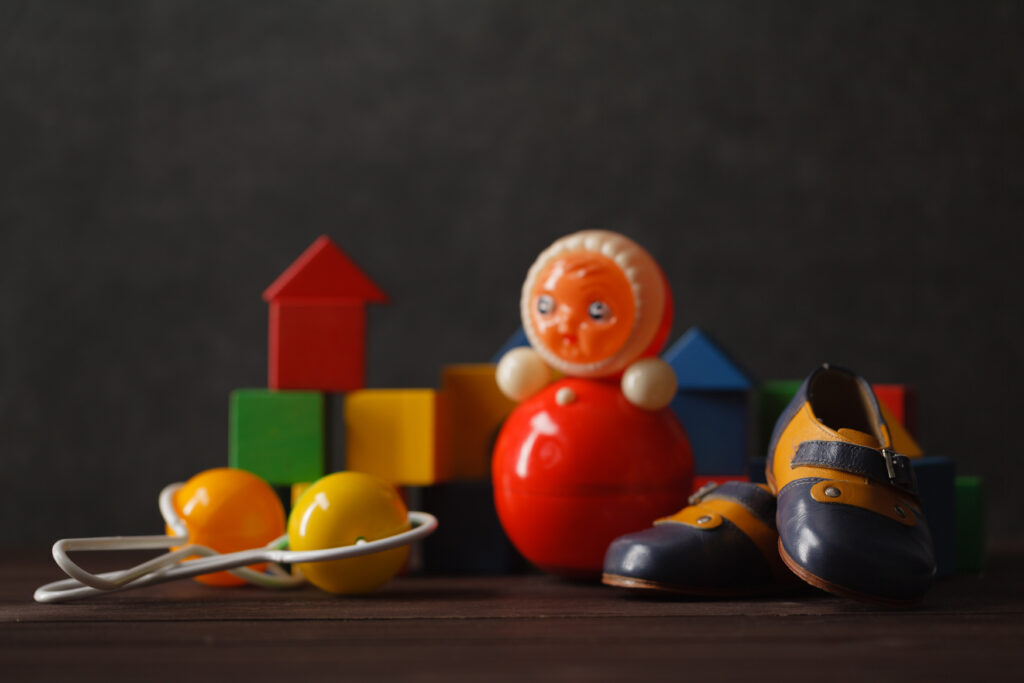
The use of lead-based paint in toys and on walls was prevalent until its dangers were officially recognized and it was banned in the late 1970s. Lead poisoning can affect brain development, leading to learning disabilities and behavioral issues. Many Baby Boomers were unknowingly exposed to this hazard, which was especially risky due to the natural tendency of children to put toys in their mouths, increasing the risk of ingestion.
6. Unsafe Playgrounds
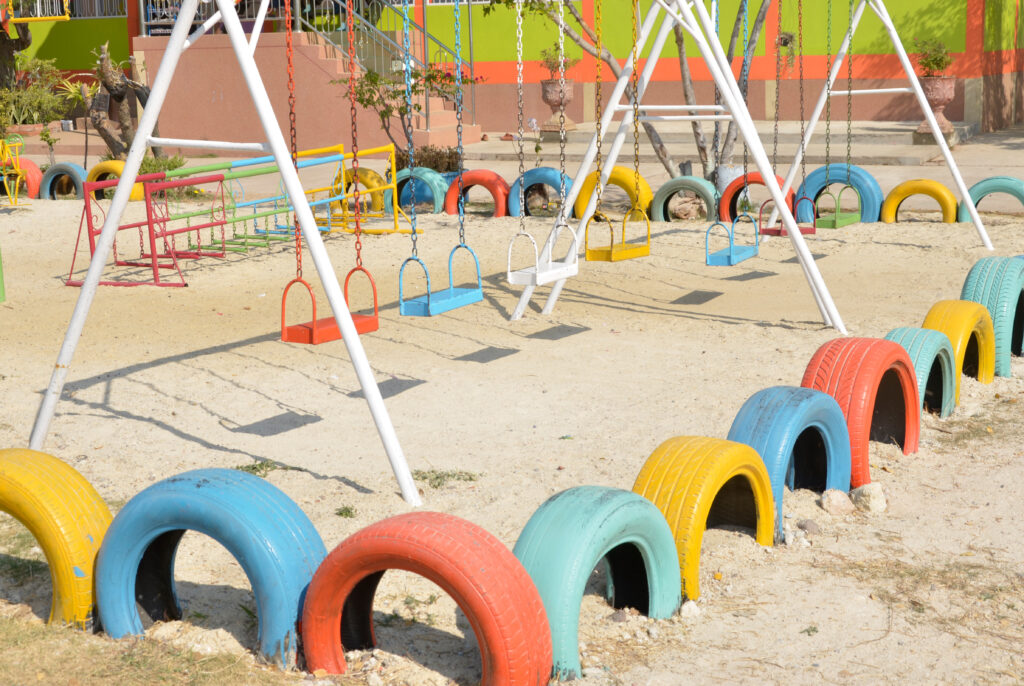
Playground designs from the Baby Boomer era often prioritized fun over safety. With equipment made from metal and concrete, falls often result in serious injuries. The lack of soft landing surfaces, combined with high structures with little to no guardrails, led to numerous accidents. Modern playgrounds have since adopted stricter safety standards, including softer ground materials and safer equipment designs.
7. Cigarette Advertising

Cigarettes were widely advertised and promoted as fashionable and sophisticated during the Baby Boomer years, with ads even targeting younger demographics. This led to a surge in smoking rates, with many unaware of the severe health risks, such as lung cancer and heart disease, associated with tobacco use. The glamorization of smoking masked the danger it posed to an entire generation.
8. Sunbathing Without Sunscreen

The golden tan was a sought-after look, leading many to spend hours sunbathing without sunscreen. This practice, especially prevalent before the dangers of UV radiation were fully understood, significantly increased the risk of skin cancer. It was only later that the importance of sun protection and the harmful effects of excessive sun exposure became clear.
9. Hitchhiking

Hitchhiking was considered a normal, cost-effective way to travel. However, it exposed individuals to significant risks, including accidents and dangerous encounters with strangers. The romanticized notion of hitchhiking as a form of adventurous travel belied the potential dangers involved.
10. High-Sugar Diets
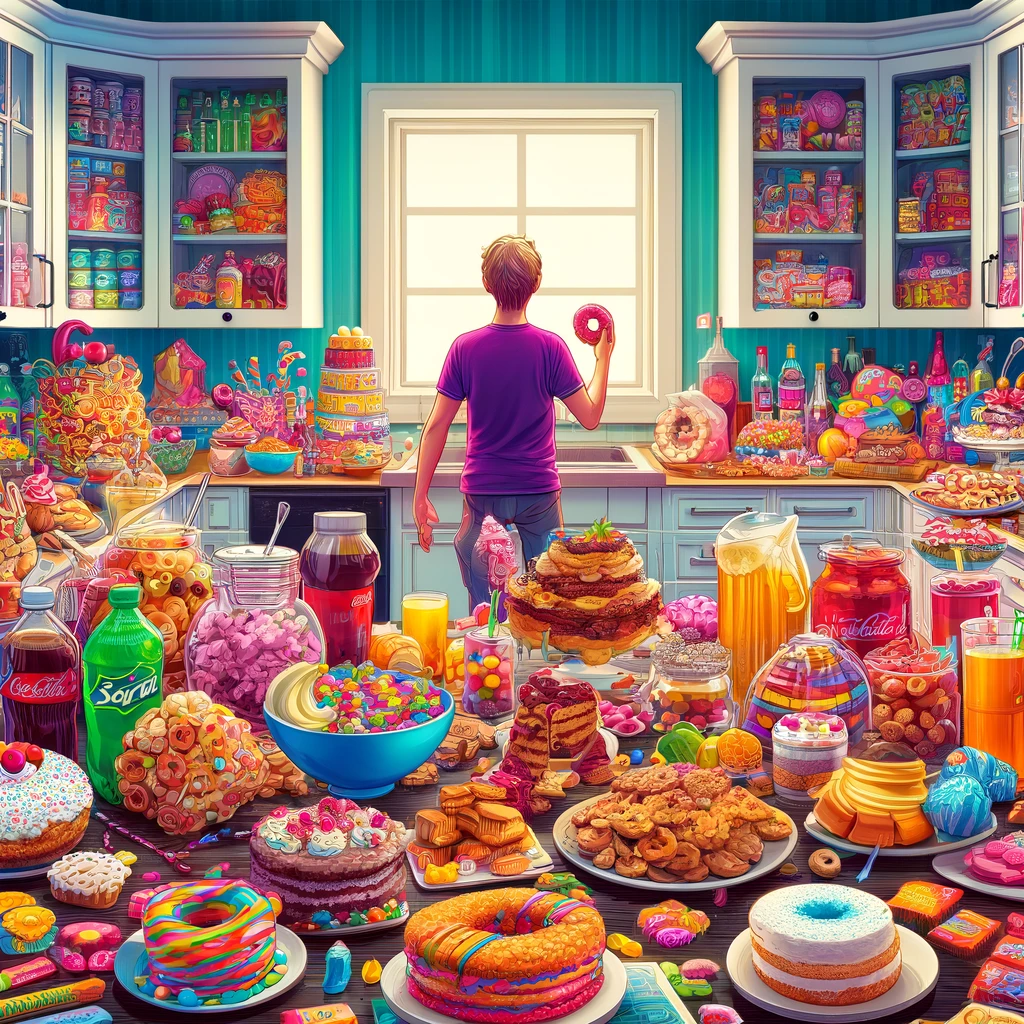
The Baby Boomer era saw a rise in processed foods and sugary drinks, marketed as convenient and tasty options. The long-term health effects of high-sugar diets, including obesity, diabetes, and heart disease, were not yet fully appreciated, leading to dietary habits that would have lasting health implications.
11. Overexposure to Radiation
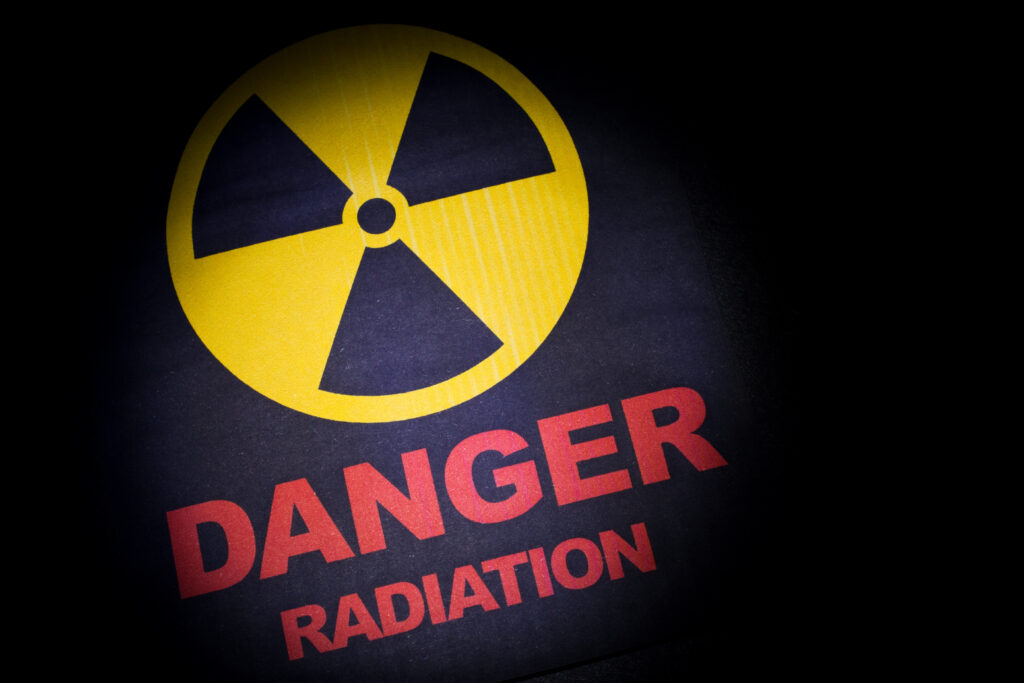
With the novelty of X-rays and other radiographic technologies, there was a trend of overusing these for not only medical diagnostics but also shoe fitting and novelty purposes. The lack of awareness regarding radiation exposure’s cumulative effects led to unnecessary health risks.
12. DIY Car Repairs with Hazardous Materials
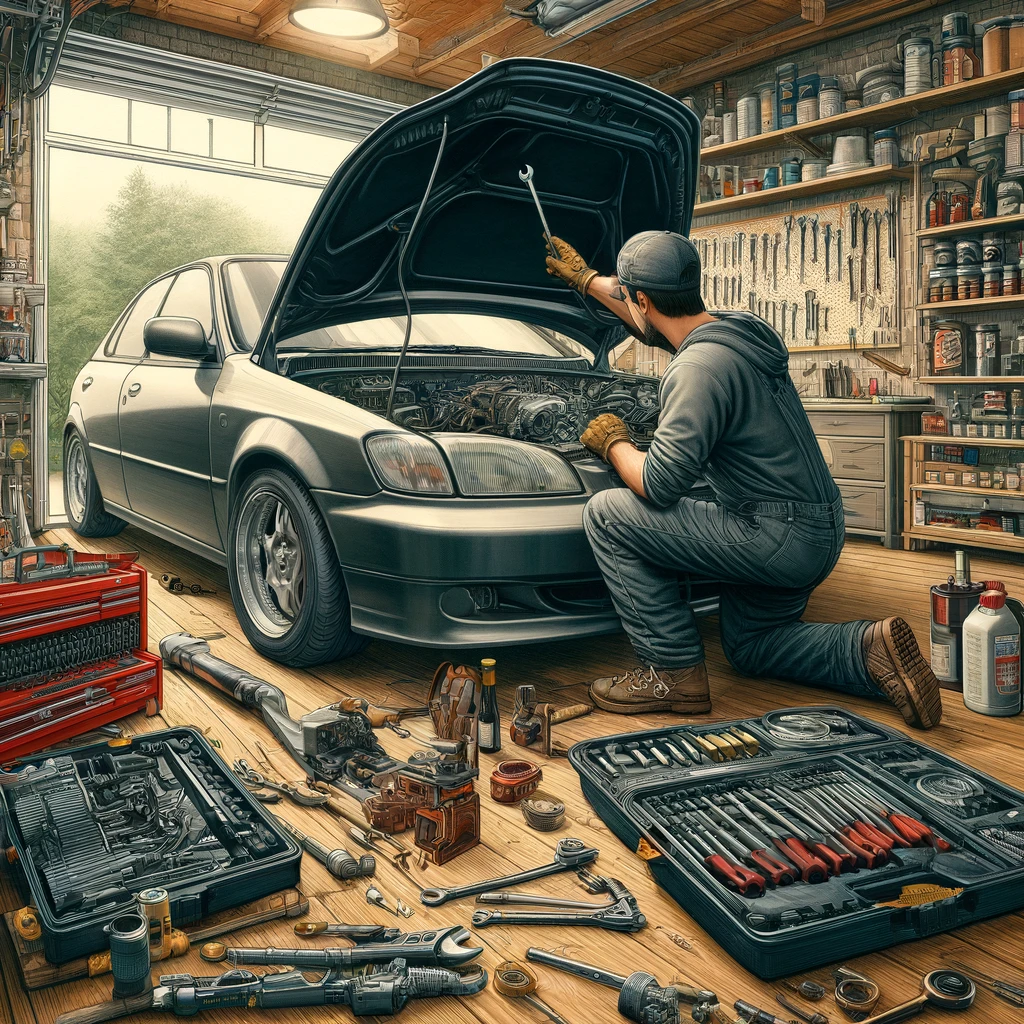
The do-it-yourself approach to car maintenance and repair often involves exposure to hazardous materials like asbestos in brake pads and lead in car batteries. Without proper protective gear or awareness of these substances’ risks, many were unknowingly exposed to harmful chemicals.
Modernity Has Brought Safety Into The Forefront
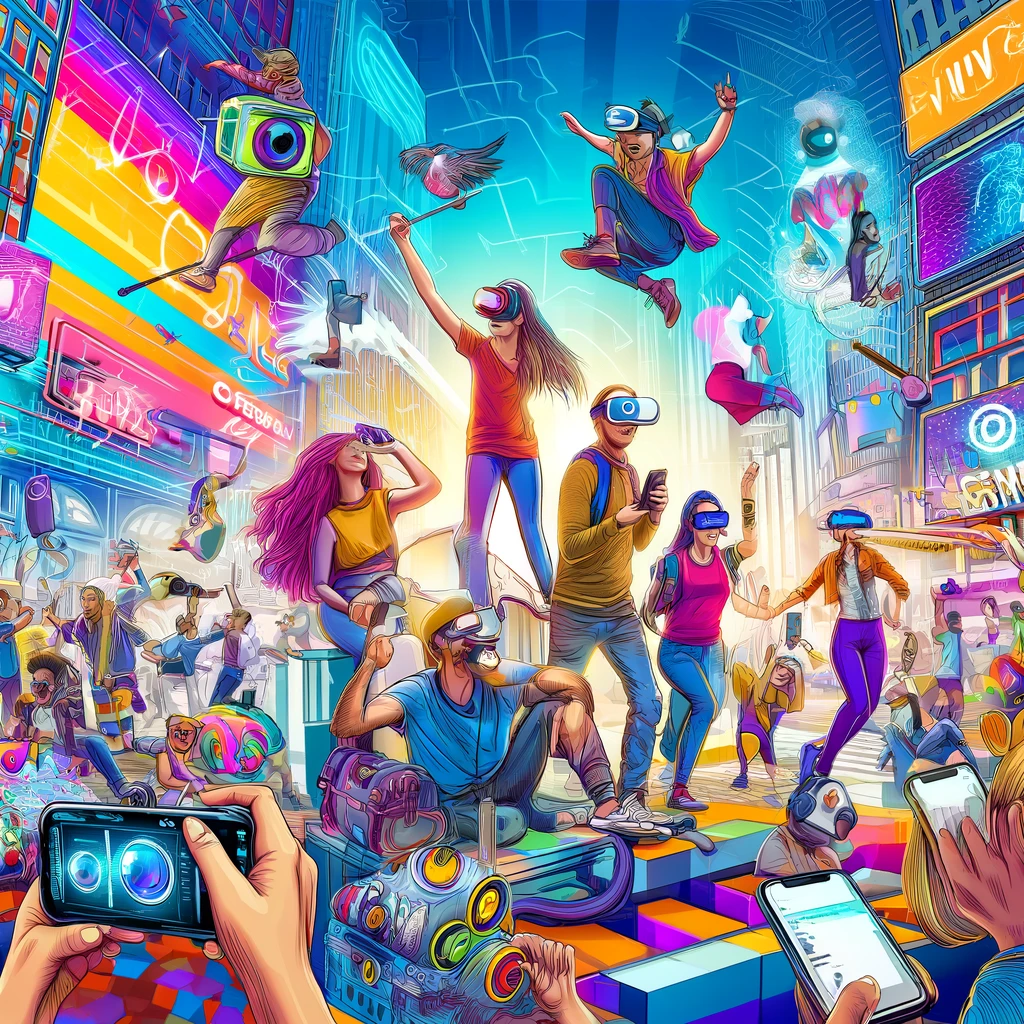
In conclusion, while the Baby Boomer generation’s fads bring nostalgia and tales of innovation, they also highlight the importance of safety awareness and regulations. These examples serve as reminders of how far we have come in understanding and mitigating risks, ensuring that fun and safety go hand in hand for future generations.
Read More
11 Historical Parenting Tips That Modern Parents Swear By
15 Old-Fashioned Household Tips That Save Time and Money







